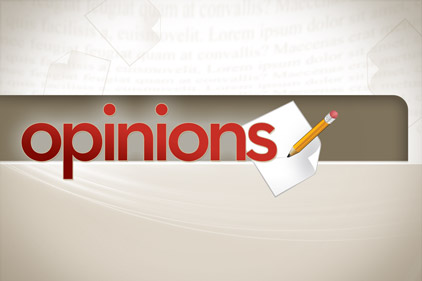
|
| Robert Wilkins |
Republicans will retain control of the House, which will welcome more than 75 freshman members in January. But House membership will also include a greater number of experienced members than we saw in the last Congress, which means more former business leaders and government office holders in positions of influence. Some Congressional districts even moved toward the center of the political spectrum, offering optimism for the possibility of compromise in resolving critical issues.
In the Senate, Democrats maintained control, with (at the time of this writing) 55 seats compared to 45 Republican seats. So, neither party has the 60 percent cloture majority required to stop debate and pass its own agenda. Therefore, passage of any bill will require bi-partisan support. In addition, the Senate lost two key advocates of energy efficiency: Sens. Olympia Snowe and Jeffrey Bingaman, both known for strong bipartisan work, who retired from office this year.
Fiscal Cliff
The “fiscal cliff,” which is already affecting our national economy and could soon bring potentially severe implications to the global economy, is causing some Democrats and Republicans to talk about compromise. Republicans appear willing to consider new revenue, such as caps on tax deductions. In all probability, decisions regarding the fiscal cliff will be kicked further down the road. Look for tax cuts to be extended and sequestration delayed during December while Congress gathers data and negotiates the key decisions that must eventually be made. Everything appears to be in play, including, for example, raising the amount of income subject to high-income tax rates from $250,000 to $500,000 or even $1 million.
In the meantime, it is important that we urge our representatives and senators of both parties to seek a compromise, even if neither party gets all it wants. We recognize that a split Congress suggests that any honeymoon period that accompanies such a compromise will most likely be brief, and the potential is there for Congress to return to the partisan gridlock that smothered our country and stifled progress over the past two years.
Despite a weak, albeit gradually improving economy, the administration remained Democratic. If Congress remains gridlocked, as many pundits have suggested, we can expect to see administrative agencies become more active in promulgating regulations. The Environmental Protection Agency (EPA), for example, can promote regulations that rely on the agency’s existing legal authority and the recent court ruling that supported EPA’s “endangerment finding” related to the adverse climate-change effects of so-called greenhouse gases.
In the last Congress, House legislation that would have phased down hydrofluorocarbons (HFCs) on a GWP-weighted basis failed to pass in the Senate. Although this bill included several very challenging provisions for our industry, it would have provided for a planned, orderly phasedown of HFCs and time for industry to develop products that use lower-GWP refrigerants. Without such legislation, EPA will likely use its existing, but limited, authority to regulate HFC refrigerants. This could create a more challenging patchwork regulation instead of a planned, orderly phasedown. Parenthetically, the European Union is moving closer to an f-gas directive that would phase down HFCs on a similar GWP-weighted basis, even if the draft directive also includes some specific bans and controls in addition to the phasedown mechanism. In any event, refrigerant regulation is likely to tighten in the months and years ahead.
Energy is the other arena where we can anticipate continued focus. The HVACR industry has proven we possess the creativity and technologies required to improve the energy efficiency of our systems. In fact, energy use in the residential and commercial building sector has declined since the 1970s, thanks to collaboration within our industry. Therefore, it is up to us, as business leaders, to challenge both the administration and the 113th Congress to implement a sound energy strategy — one that is good for business and one that is critical to our national energy independence, national security, and a faster economic recovery.
It is incumbent upon us to work together with administrative agencies, especially the Department of Energy (DOE) and the EPA, to ensure we are leading the search for solutions instead of reacting to unrealistic mandates thrust upon us.
Finally, each of us should reach out to our representatives, senators, and their staffs. Now is the perfect time to meet to raise their awareness of our businesses, where we are located, how many people we employ, and how we contribute to the economic well-being of our communities and the United States. Then, when issues do arise, we will have better credibility and will be better positioned to educate them regarding the implications of regulations and legislation on our industry, our own businesses, and the jobs we have created in our communities.
Publication date: 11/26/2012

Report Abusive Comment